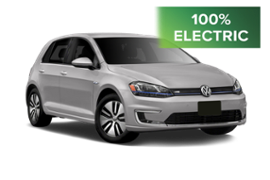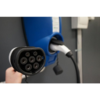After some research and help from some friendly TMC members, I have decided to rent a VW e-Golf from Europcar for my three week trip to the North Island in June. I spoke to their office in Auckland about the e-Golf and was told that it can use the Chargenet network ChargeNet NZ – Electric Vehicle Charging Network and comes with a “T2” charging cable for charging from a standard residential outlet. Which means this type of outlet, correct?

I know those are 230/240V and 50Hz, but how many amps are they typically? Suitable for overnight charging? Of course the e-Golf has a relatively small battery, I think about 36kWh, so it should be easy to charge up overnight even on a low amperage outlet.
The Chargenet network appears to offer CCS and CHAdeMO charging outlets, and there is one in Hamilton. That’s the one I’m going to need because my longest drive of the trip is from Auckland to Lake Taupo.
Fingers crossed this EV is going to work for me. I’m not used to driving such a short range car! But renting a Tesla in NZ is just too expensive.
I know those are 230/240V and 50Hz, but how many amps are they typically? Suitable for overnight charging? Of course the e-Golf has a relatively small battery, I think about 36kWh, so it should be easy to charge up overnight even on a low amperage outlet.
The Chargenet network appears to offer CCS and CHAdeMO charging outlets, and there is one in Hamilton. That’s the one I’m going to need because my longest drive of the trip is from Auckland to Lake Taupo.
Fingers crossed this EV is going to work for me. I’m not used to driving such a short range car! But renting a Tesla in NZ is just too expensive.






